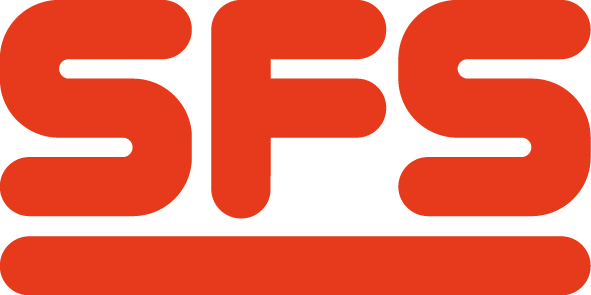BIM data can provide crucial insights into a building’s components, encouraging more robust specification and ultimately a better quality finish
One of the most fundamental issues emerging from Dame Judith Hackitt’s Independent Review of Building Regulations & Fire Safety is that of poor quality in construction. This is no surprise given how many generations of developers and clients have been let down as a result of buildings being incorrectly specified or being built to an inferior standard because of specification changes or product substitution.
The reasons why this happens are varied, but often come down to a lack of information, understanding or visibility about the contribution that specific components, materials and systems make to a building’s performance and quality. This is especially true for fasteners and fixing systems, which are usually hidden from view.
This is where BIM has the power to help the industry change and ensure we will ultimately create better quality buildings. As with the digital transformation that is taking place in other walks of life, it is information and data that is driving this change. We now have the means to provide data insights into individual building products, or complete objects to incorporate into building designs, in a consistent format, whose contribution can more easily be seen and understood. So too can the implications of any changes.
This is why SFS has invested in ensuring that architects have structured data on the fasteners that are so important in creating high quality building envelopes. By utilising this detailed information within a BIM project, it is possible to deliver the highest quality building façade or roof that will retain its integrity, aesthetics and performance throughout the building’s design life. BIM is a positive force, supporting a more robust specification that will make it more difficult to substitute products, given the cycle of stages to achieve a federated model.
But it is not just the fasteners where SFS’s technical data is adding a new dimension. BIM Level 2-compliant objects for our market-leading Nvelope rainscreen support systems, which can be specified to utilise SFS fasteners, are also now available. These BIM objects contain detailed dimensions, product specifications and other key details to integrate into virtual model and simulated building designs. Compatible with both Revit and IFC software versions, Nvelope objects are hosted on the NBS National BIM Library and are available to be downloaded to integrate into any BIM software.
Our investment in creating BIM structured data and BIM objects is the latest dimension to our wide spectrum of industry support, which ranges from regularly updated product catalogues, which feature specific application and technical guidance, to the expertise available through our specification, technical and supply chain management teams. It will help us to embed the specification and, therefore, decision-makers will have to carefully consider the arguments for, and the consequences of, a product substitution.
Subsequently, it allows specifiers to assess the value of cost savings on such a small percentage of the build value versus the additional risk of liability.
Small but significant steps like this will ultimately help the industry drive up quality and avoid the mistakes of the past. That’s why we will continue to provide the right advice and products to architects and contractors so that they can create and build sustainable, longer-lasting, superior buildings.
Please note: this is a commercial profile
Vincent Matthews
Marketing Manager
SFS Group Fastening Technology Ltd
Tel: +44 (0)113 2085 500














